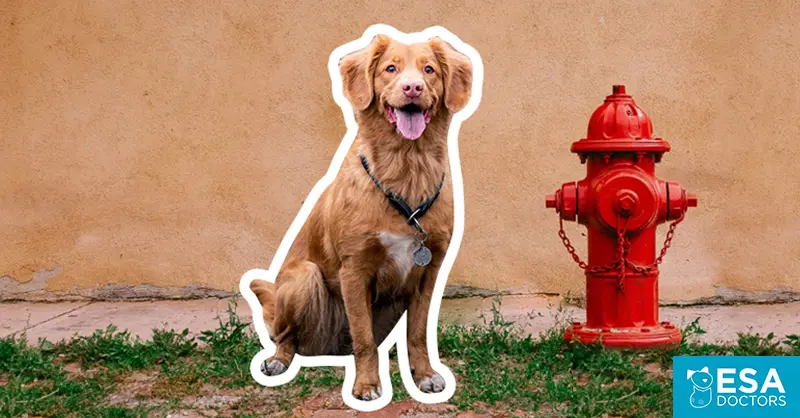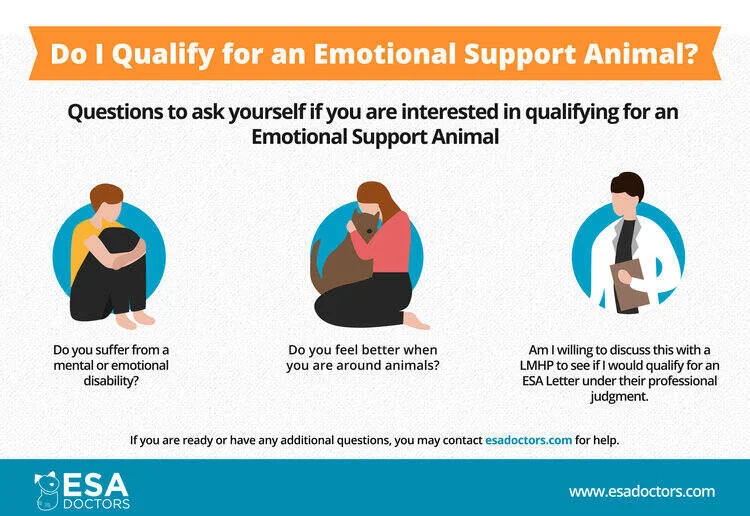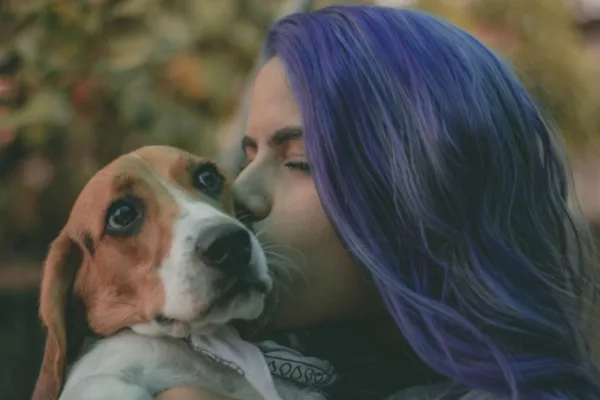Emotional Support Animals (ESA) are often confused with Service Dogs, as both assist people. However, ESAs don’t need formal training to perform specific tasks. ESA’s also don’t need to be dogs; other animals include cats, miniature horses, guinea pigs, or even rats!
Although ESAs don’t require special training, there are some things that ESAs must know how to do. Being potty trained is one of them.
What is the Job of an Emotional Support Animal?
An Emotional Support Animal gives out love and affection as part of their owner’s emotional or mental health treatment program. They help in the healing and management of disorders like Post-Traumatic Stress Disorder (PTSD), anxiety, and depression.
If you are interested to see if you qualify for an Emotional Support Animal and want to learn more, you can follow the guide below.
Why is Potty Training Important?
Though an ESA has an extraordinary job to perform, they’re still animals. And just like regular pet dogs require basic care, ESAs need attention, too. Owners have to take the time to ensure that an ESA is adequately potty trained.
An ESA is allowed into areas not usually open to other animals; these places include:
- transportation like airplanes
- “no pets” rental units
- public areas—given that the animal is safe and not a disturbance
ESA’s that can be caged or carried in a container, like rabbits, potty training may not be necessary. However, larger animals that are leashed should be potty trained. For most animals, potty training should be done early in life. Although potty training can be performed with older animals, it’s much more difficult than training at younger ages.
Making sure that the ESA is potty trained allows it to do its job well.
How to Potty Train
Develop and Adhere to a Potty Train Schedule
Potty training takes commitment to a schedule. Come up with a schedule that includes time for play, meals, sleep, training sessions, and walks. When you adopt a young ESA, the first thing you should do is develop a schedule that incorporates potty training. A schedule will instill discipline and routine, both great traits for an ESA.
1. At Night
Keeping an ESA near to where you sleep allows you to monitor if they start to whine at night. If they do, take them outside quickly. Routine is a vital part of the training. Always use the same door and same area to potty train.
2. Starting the Day
As soon as your alarm clock wakes you up, take your ESA outside to use the “bathroom.” It’s important not to delay, so training should be performed before your first cup of coffee or breakfast. Otherwise, your animal may take the opportunity to do their business on your floor.
Get the love and support you deserve.
3. After Mealtimes
Try to make mealtimes at the same time each day. Breakfast should be after their first-morning potty. Don’t leave food lying around after meals. Empty anything that hasn’t been consumed after 20 minutes.
For every meal, only wait approximately 5 to 30 minutes after eating to go potty train. The older the animal, the longer after a meal it will take to have to potty, due to a more mature bladder. As the animal gets older or better trained, they will be able to hold themselves for more extended periods.
Watch for water consumption. Just like meals, your ESA will need to be taken out after drinking.
4. After Naptimes and Play
Naps follow the same routine as after waking up in the morning. As soon as your ESA awakens, they must go to the potty.
When a young ESA plays, their digestive tract becomes stimulated. The activity may give them the need to go potty. Look for signs like sniffing the ground, whimpering, or wandering. If you see signs, like these, that prompt the need to potty, immediately take the ESA outside.
Always Give Kudos after Potty
While having an ESA potty, be serious. Do not play with your ESA while they potty, so they know it’s not time to have fun. Stand quietly and provide commands to “go potty.” After your ESA does their business, then you can become very enthusiastic and animated. Remember to praise them heartily, and give them a treat!
Helping Your Emotional Support Animal
Most young animals, including dogs, don’t have the ability to control their bladder. They need time and training. As tempting as it may be to take your new ESA out in public, you shouldn’t do so until it’s entirely potty trained. Although handlers have the right to bring their Emotional Support Animals into public spaces, an animal who does their business out in public can be considered a “disturbance.” As such, they can be requested to leave the area.
Even after you’ve potty trained your ESA, always have some gear with you for “mistakes” when you’re out in public. Know where the exits are in a building and, if possible, teach your ESA a sign to alert you that they need to do their business—like a gentle bark or paw at you softly.
Remember that ESAs do extraordinary work, but they’re not perfect. They need your help to do their job well, and they sometimes need correction. Stick to a schedule and be consistent. With a little patience, love, and perseverance, you’ll have a potty-trained Emotional Support Animal in no time.












Leave a Comment